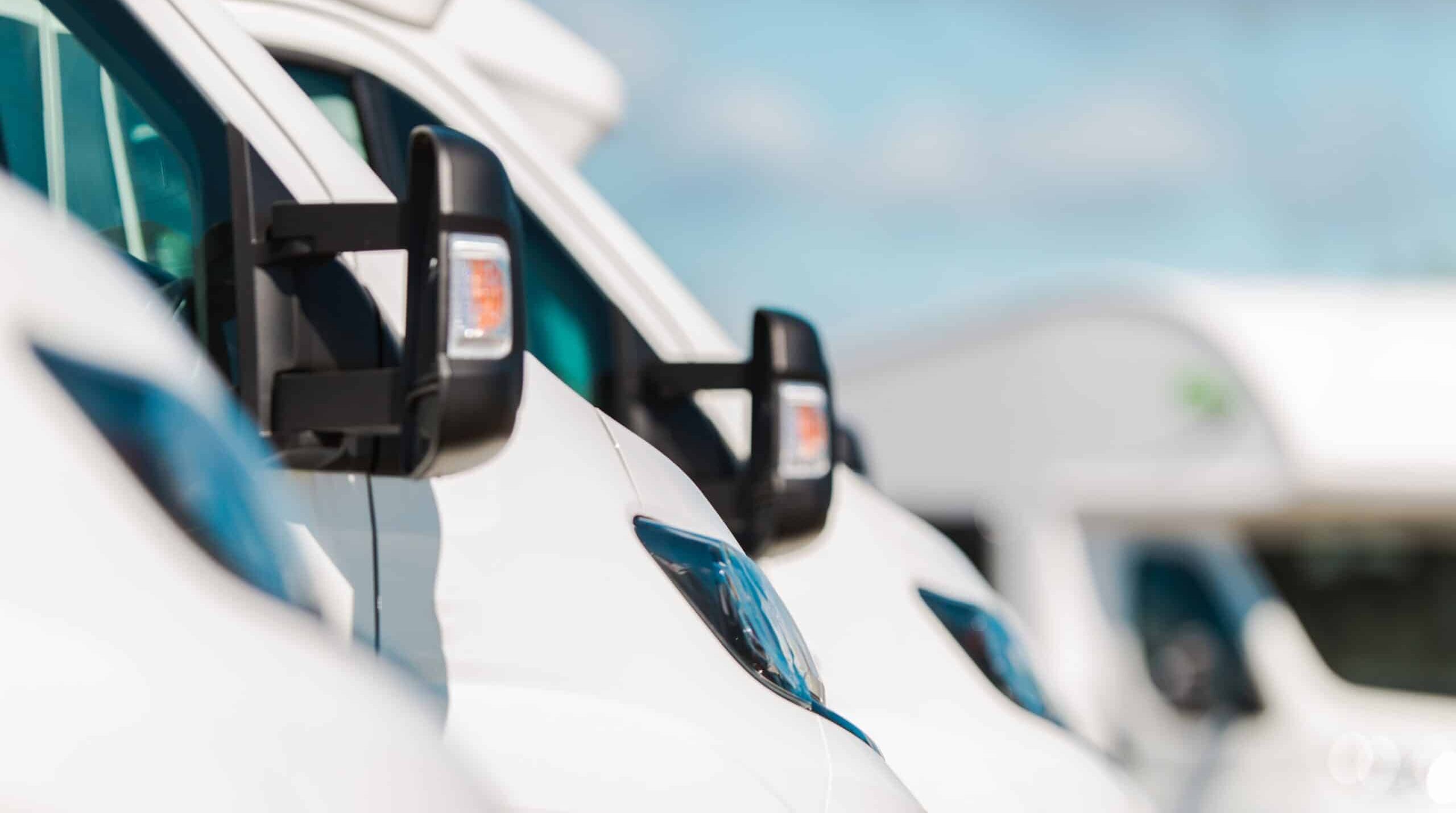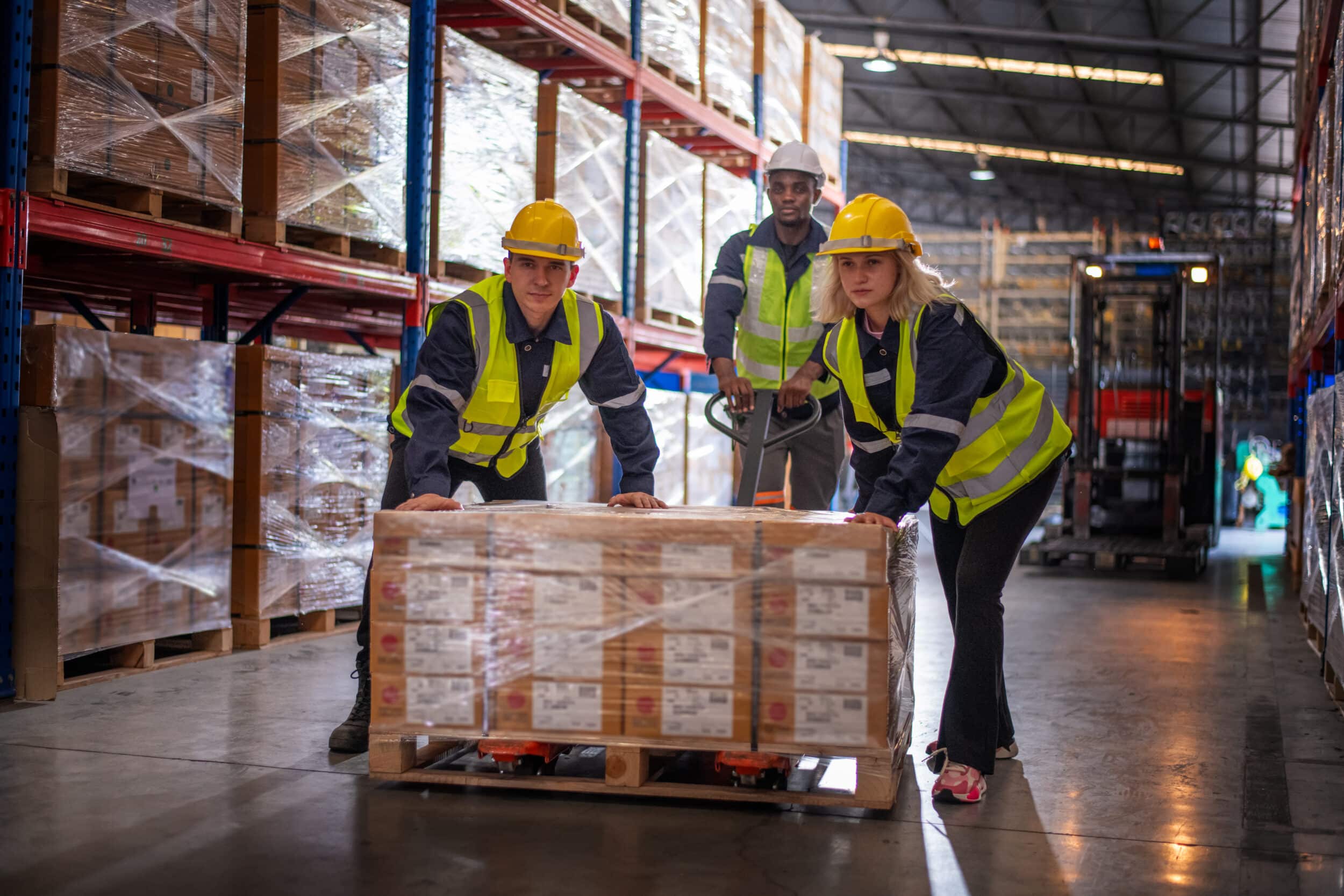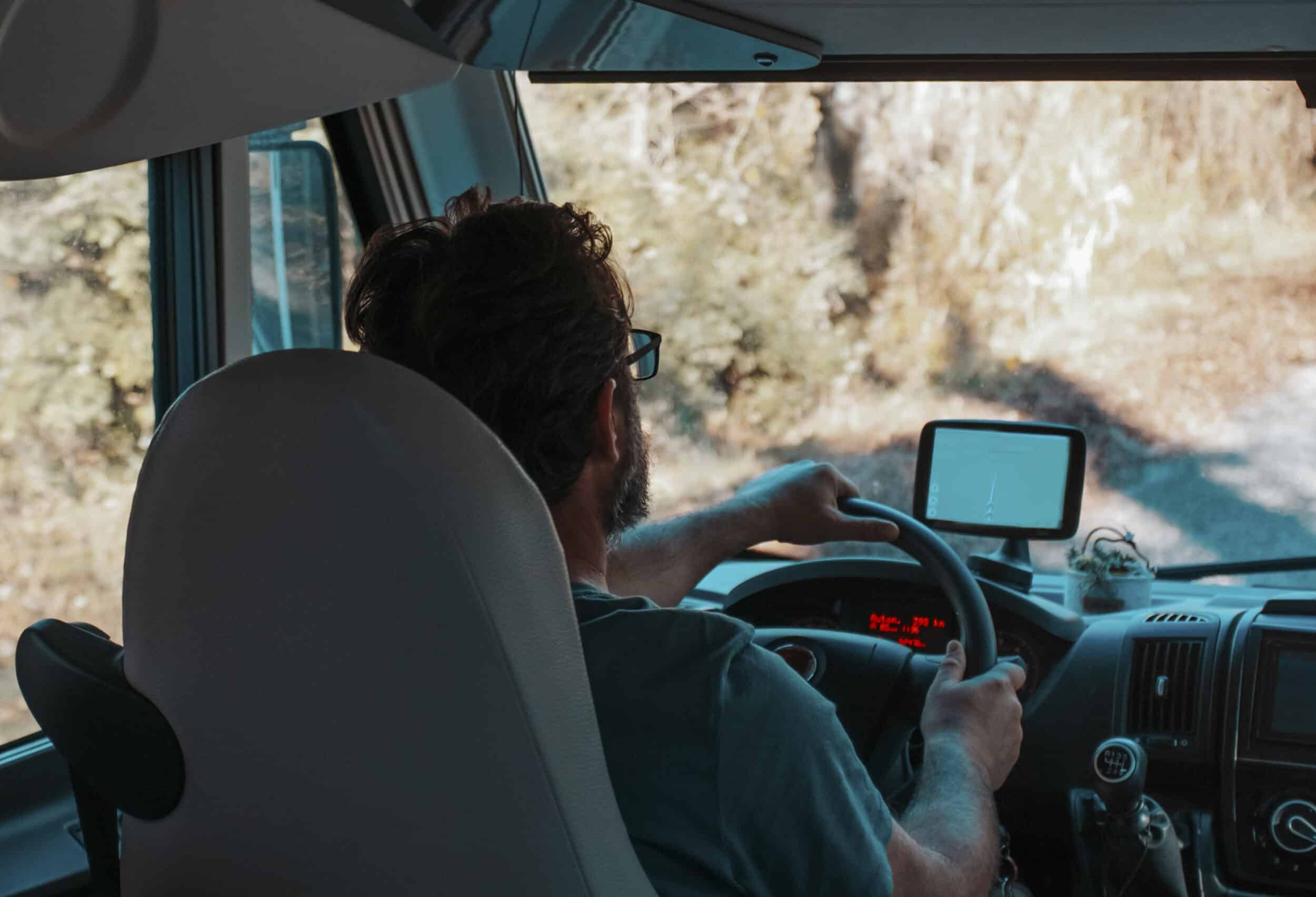How to successfully scale delivery operations with route planning and tracking technology

Table of Contents
- Scaling your operations with route planning and tracking technology
- 1. The scaling challenge in delivery operations
- 2. What route planning means in practice
- 3. What tracking adds: turning routes into visible operations
- 4. The business case: cost reduction, service improvement, growth enablement
- 5. How to implement and scale effectively
- 6. Overcoming common obstacles
- 7. Future-proofing: what to watch for
- 8. Summary: why the investment pays off
- 9. Final thoughts
- FAQs – How to successfully scale delivery operations with route planning and tracking technology
Scaling your operations with route planning and tracking technology

It’s 7am on a Monday, and your planning team is already firefighting. A driver’s called in sick, two vehicles are waiting on delayed stock, and one customer has just requested a last-minute delivery slot change. Meanwhile, the clock’s ticking and every delay threatens your carefully planned routes.
It’s a familiar story for growing delivery operations. As order volumes rise, so do expectations. Customers want tighter delivery windows, real-time updates, and the same seamless experience they get from the big players. But with rising fuel costs, driver shortages, and sustainability targets to meet, the pressure to perform has never been higher.
That’s where technology steps in. Smarter route planning and real-time tracking tools don’t just help you keep up – they help you stay ahead. They turn chaos into control, giving planners and drivers the insight they need to make fast, confident decisions.
In this post, we’ll explore how these technologies can help you scale your delivery operation, improve customer experience, and maintain performance even as demand grows.
1. The scaling challenge in delivery operations

Your delivery volumes are rising – great news! But the cracks start to show. The spreadsheet that once worked fine now buckles under constant changes, and your team spends more time firefighting than planning. Routes overlap, miles pile up, and you only hear about delays when customers call.
This is the tipping point where route planning and tracking technology stops being a nice extra and starts becoming the backbone of your operation – bringing structure, visibility, and control to every delivery.
– Optimising which vehicle visits which stops in what sequence, given constraints (time windows, vehicle capacity, driver availability).
– Monitoring what happens in real time (location, delays, exceptions), enabling mid-route adjustments, visibility and accountability.
There’s a difference between just keeping up and scaling efficiently. Efficient scaling means you deliver more with incremental resources – avoiding a linear increase in fleet size, drivers or overtime.
2. What route planning means in practice

In reality, route planning goes beyond “draw a map and send the driver”. Instead, a high-functioning system works with many different inputs:
– All delivery stops for the day, with addresses, delivery windows, service times.
– Fleet data: vehicle types, capacities, driver shifts/availability, licence constraints.
– Traffic and road data: congestion, road closures, legal restrictions (for example low-emission zones).
– Business rules: priority deliveries, customer preferences, number of stops per driver, driver break times.
– Historical data: typical durations at stops, no-shows, delays.
These dystems then apply optimisation algorithms to produce a set of routes that will minimise your costs (miles, time) whilst also meeting service constraints. Your result: more deliveries per vehicle, fewer wasted miles, and reliable, predictable schedules.
When you scale, this matters: you’re not just doing more of the same, you’re doing more with tighter margins. A good route planner gives you that leverage.
3. What tracking adds: turning routes into visible operations

Once routes are set, the next step is tracking whether these routes are working for your business, customers, and drivers. Tracking technologies such as GPS, mobile apps, and telematics – bring essential visibility:
– Real-time location of each vehicle and driver.
– Delivery status updates (arrived, unloading, departed) and proof-of-delivery features (photo, signature).
– Alerting for exceptions: delays, traffic detours, driver off-route, missed window.
– Customer notifications: live ETAs, web-trackers, SMS updates.
– Analysing performance: actual vs planned stops, idle time, mileage per stop, driver behaviour.
These capabilities move delivery from the nerve-wracking “we sent it and hope it arrives” to a managed, optimisable operation that lets you breathe a sigh of relief. Telematics forms part of this.
Tracking is especially valuable when scaling: you can maintain (and improve) service standards as you grow volumes, because you’re not blind to what’s happening on the ground.
4. The business case: cost reduction, service improvement, growth enablement

You’re a growing business, you need to see the numbers. So, let’s turn to the measurable benefits of deploying route planning and tracking technology:
Cost reduction
– Fewer miles driven means lower fuel and vehicle maintenance costs. Research shows that fuel costs can drop significantly when routes are optimised.
– Better driver utilisation: fewer idle hours, fewer overtime hours.
– Smaller fleets (or slower fleet growth) for a given delivery volume. If you dispatch more efficiently, you may not need two new vehicles for every extra 100 stops.
– Lower error rates: fewer missed deliveries, fewer redeliveries, fewer customer complaints.
Service improvement
– Better on-time performance. When you plan effectively and track proactively, you significantly improve delivery punctuality.
– Enhanced customer experience. Real-time updates build trust. Transparent ETAs reduce customer anxiety.
– Happier drivers. When routes are realistic and built with constraints in mind (driver shifts, realistic stop times) you can reduce the stress and turnover of even the most stubborn of drivers.
Growth enablement
– When you have scalable route plus tracking systems, you can add volume without proportional increases in cost-base.
– Strategic decision-making: the data you collect helps you simulate scenarios (fleet size, depot locations, shift patterns) and choose growth paths.
– Competitive edge: many customers (especially in B2B logistics) now expect delivery efficiency and transparency. Optimal routing and tracking becomes a selling point to help you stand out from your competitors.
5. How to implement and scale effectively

No matter how excited you are, it’s important not to jump straight into the implementation of routing and tracking solutions without having a structured process in place. But it doesn’t need to be rocket science. Here are key steps and considerations:
Step 1: define your objectives and metrics
Spend time deciding what you actually want to improve (e.g., reduce cost per delivery by 10%, increase average stops per vehicle by 20%, lift on-time delivery to 95%). Define your metrics: miles per stop, stops per driver, % deliveries on-time, fuel cost per vehicle, mileage per vehicle.
Step 2: audit current operations
Look at current routing practices: how many miles are driven, how much idle time, what percentage of drivers finish early/late, how many redeliveries are needed. And if you don’t already, capture that all-important tracking data.
Step 3: choose and configure your technology
Select a route planning platform that supports your specific business constraints (time windows, driver shifts, vehicle types, capacity, multi-stop sequencing). Ensure the tracking module is top-notch, supporting real-time visibility, mobile driver app, proof of delivery and integrations (ERP, WMS, CRM). The right stack will tie planning and execution together perfectly.
Step 4: pilot and refine
Start with a subset of routes or one region and then monitor performance closely. Use data from tracking to feed back into planning – for example, if actual stop times differ from assumed times, then adjust. Once stable, then expand. Simple!
Step 5: scale organisation-wide
Roll out across all of your delivery operations, ensuring all of your drivers are trained on the mobile app. Next, establish dashboards and reporting for your planners and managers, remembering to use tracking data for continuous improvement (see Step 6).
Step 6: continuous improvement
For the benefit of your business, this process isn’t just a ‘one and done’, instead, use your system for ongoing learning:
– Analyse where delays occur (traffic hotspots, unloading delays, no-access).
– Adjust routes, driver schedules or depot allocation accordingly.
– Use historical data to forecast demand peaks and adjust resources.
– Regularly revisit driver utilisation, fleet size, eco-driving behaviours.
6. Overcoming common obstacles

As you are likely aware, scaling delivery operations with technology is not without those pesky challenges. Here are some common pitfalls that we witness, and how you can manage them:
Data quality
Poor address data, unclear delivery constraints or inaccurate stop times will degrade results. So, invest time upfront in cleansing and standardising your data.
Change management
It’s common for drivers and planners may resist new workflows, often thinking their own lived experience works best. Make the benefits clear to them (less idle time, fewer late finishes, more efficient days) and provide ongoing training to get them on board.
Integration issues
If your route planner/tracking system doesn’t integrate with your ERP/CRM/WMS, you’ll end up with duplicate work or manual post-entry. Ensure your chosen solution supports data exchange.
Over-automation
Don’t expect perfection overnight. Manual oversight is still useful – for handling extemporaneous issues. Use automation to scale, but keep human judgment in the loop.
Incremental vs big-bang approach
As tempting as it may be, rolling out to all routes at once can cause operational risk. It’s better to pilot, refine, then scale.
7. Future-proofing: what to watch for

For any growing business, staying in the industry loop is essential to keep ahead. Here are trends and features that will matter for companies serious about scaling:
– Dynamic routing: Adjusting routes in-flight based on live traffic, new orders, cancellations, driver delays.
– Predictive analytics: Using historical data to forecast issues before they arise (e.g., no-access probability, traffic hotspots) and proactively adjusting.
– Sustainability layer: With environmental regulations increasing, optimising routes for fewer emissions and integrating low-emission/EV vehicles will matter.
– Driver app enhancements: Mobile tools with proof-of-delivery, photo capture, customer signature, live chat with dispatcher.
– Vehicle telematics + IoT sensors: Linking route planning and tracking with real-time vehicle health and driver behaviour data (speed, braking, idling) to optimise cost further.
8. Summary: why the investment pays off

Let’s recap: scaling your delivery operations without scaling cost requires:
– Smarter route planning: delivering more stops per vehicle, reducing miles, limiting idle/wasted time.
– Real-time tracking: making operations visible, controlling exceptions, improving driver accountability and customer transparency.
– Data-driven culture: using insights from tracking to refine planning and build continuous improvement.
– Strategic capability: freeing you from firefighting and enabling you to grow.
When done well, your business outcomes will flow: lower cost per delivery, improved on-time performance, happier customers, better driver retention, stronger foundation to grow.
9. Final thoughts
If your delivery operation is at that tricky point where volume is increasing and margins feel squeezed, now is the time to lean into route planning and tracking technology. It’s not “just another system” but an enabler of scalability. And the organisations that treat delivery as something to optimise, measure and iterate rather than “just do”, will win.
As you start on or even deepen this journey, keep the focus on outcomes (cost, service, capacity) not just features. Choose a platform that aligns with your constraints and workflows. Pilot smartly. Integrate broadly. Use tracking data to learn and improve. And position yourself not simply to keep up with growth – but to scale profitably while delivering exceptional service.
FAQs – How to successfully scale delivery operations with route planning and tracking technology
Why is route planning important for scaling delivery operations?
Because as order volumes increase, manual planning becomes inefficient and error-prone. Route planning software optimises routes based on time, distance, and resources, helping you deliver more with fewer vehicles and less stress.
How does tracking technology improve delivery performance?
Tracking provides real-time visibility into every vehicle and driver, allowing you to spot issues early, update customers with accurate ETAs, and make data-driven adjustments that keep deliveries on schedule.
What kind of businesses benefit from route planning software?
Any business managing multiple deliveries or service visits – retailers, wholesalers, logistics providers, food distributors, and field service operators – can gain efficiency and reduce costs through automation and smarter planning.
Is route planning software difficult to implement?
Modern platforms are designed to integrate easily with existing systems such as CRM, ERP, or order management tools. Most offer flexible onboarding and training so teams can adapt quickly.
What measurable benefits can I expect?
Businesses typically see reduced mileage and fuel costs, improved on-time delivery rates, better customer satisfaction, and clearer visibility of performance data.
Can route planning software help with sustainability goals?
Yes. By reducing mileage, idle time, and unnecessary trips, route optimisation directly cuts fuel consumption and emissions, supporting greener operations.
How does technology support growth without adding complexity?
Automation handles the heavy lifting-allocating routes, balancing workloads, and monitoring performance – so your team can focus on strategy and customer service instead of day-to-day firefighting.
Maxoptra System
© MaxOptra, 2023. Privacy Policy and Cookies
